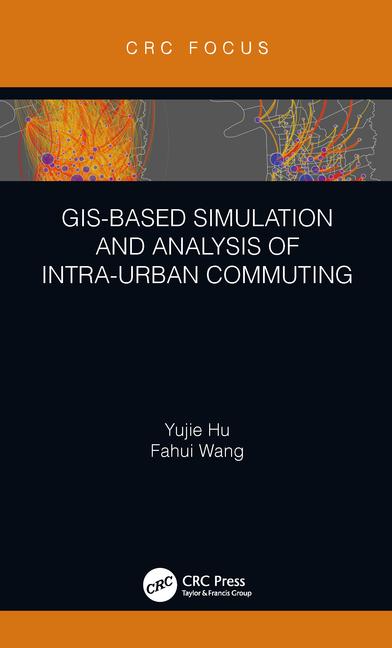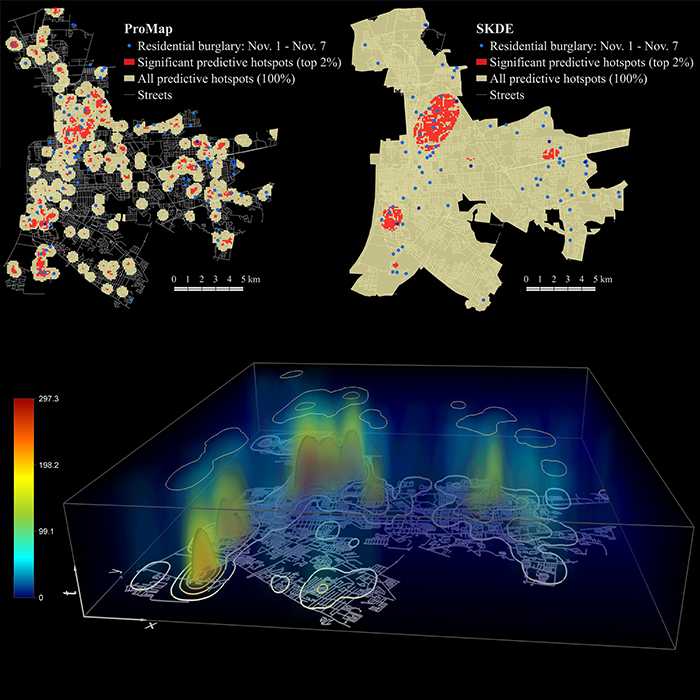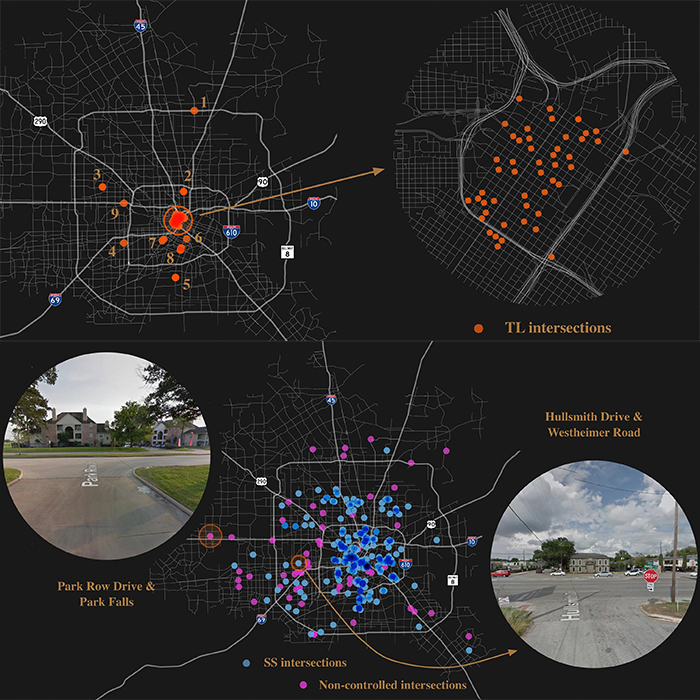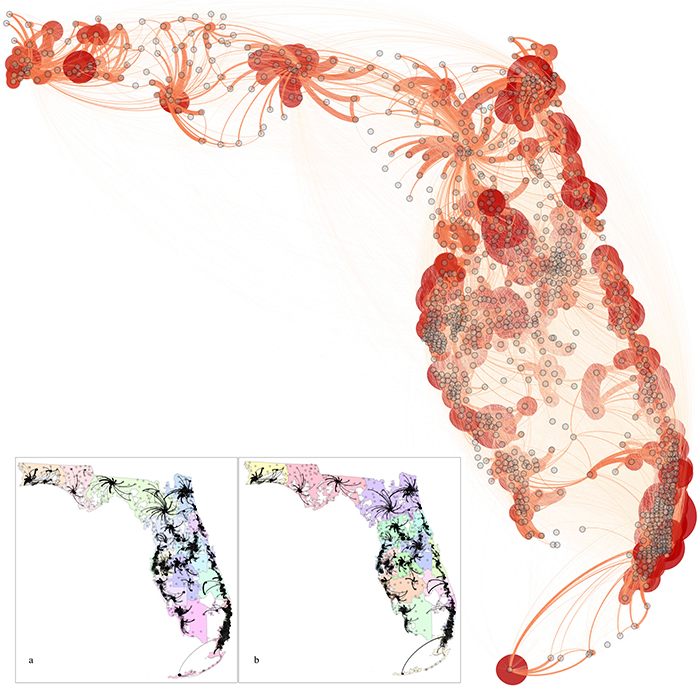New book chapter published online: Oxford Bibliographies; DOI: 10.1093/OBO/9780199874002-0211
ABSTRACT: The capability of GIS to be able to store, retrieve, display, and analyze large quantities of spatially referenced data has facilitated the rapid growth of geographic-based research within various health fields, including epidemiology and health care provisioning. This is reflected in the numerous texts focused entirely on GIS and health, as well as texts focused on geography and health that include substantial material on GIS. There are also journals where GIS-based health research frequently appears. This bibliography lists a number of these texts and journals. GIS-based health research is wide ranging, but several major themes can be identified. In this bibliography the first major theme presented is GIS-based visualization of health information, a topic which involves geocoding, disease-mapping methodologies, and alternative cartographic schemes of representation. The second major theme is GIS-derived measures for health research, where the focus is on how GIS has transformed how accessibility to health care is measured and enabled complex forms of environmental exposures to be derived for use in epidemiologic studies. The final theme is GIS-enabled analysis for health research where a deliberate choice was made to focus on those analytical areas which are only feasible through the specific spatial analytical capabilities of GIS.
Read the full publication at Oxford Bibliographies
Read the preprint pdf at ResearchGate






